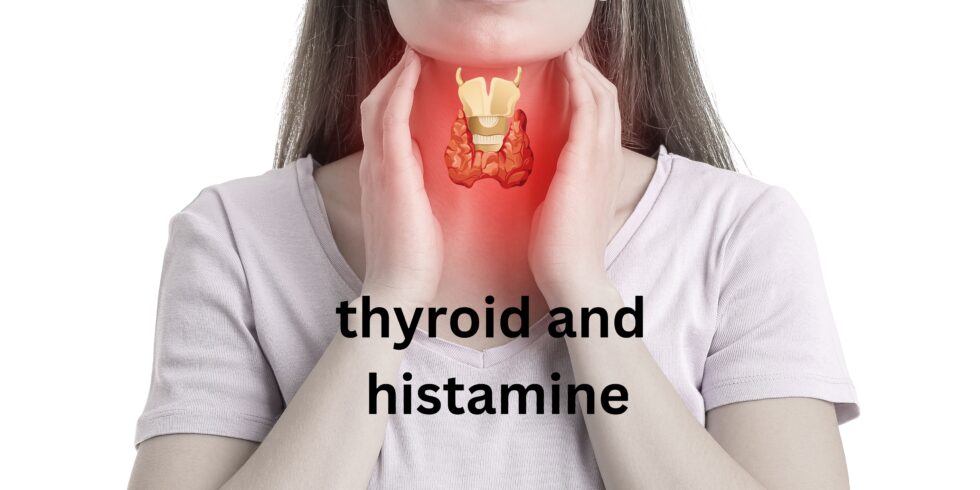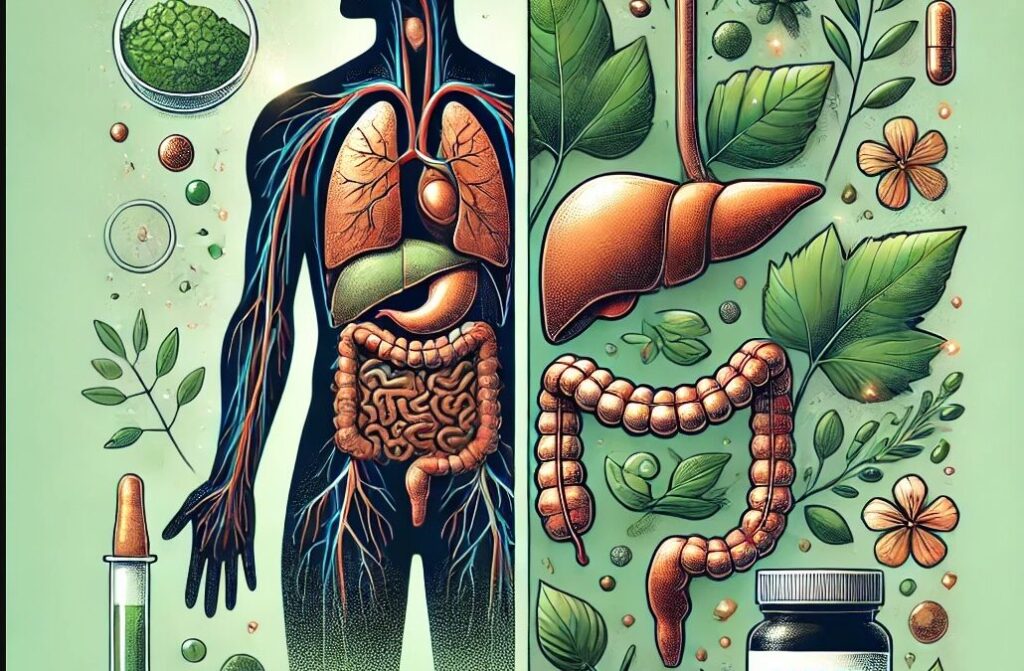Cortisol plays an essential role in maintaining physiologic homeostasis; it is involved in many metabolic and immune processes, the diurnal sleep-wake cycle, the human stress response, and blood pressure regulation (Baudrand & Vaidya, 2015). Cortisol is a potent anti-inflammatory that functions to mobilize glucose reserves for energy and modulate inflammation (Hannibal & Bishop, 2014). However, contemporary environmental factors and some prevalent non-communicable diseases (such as obesity) can disturb the cortisol regulatory and effector pathways, resulting in human disease states (Baudrand & Vaidya, 2015). “Population-based studies have suggested that dysregulated cortisol physiology associates with mortality by demonstrating links between inappropriately high cortisol levels, even within normal reference ranges, and death” (Baudrand & Vaidya, 2015). Thus, the regulation and dysregulation of cortisol physiology can play a big part in obesity-related cardiometabolic diseases. “A growing body of evidence suggests that metabolic and cardiovascular morbidities in obesity may be partially explained by dysregulated cortisol physiology” (Baudrand & Vaidya, 2015).
Effects of cortisol on the body
Chronic elevated cortisol is associated with many adverse effects throughout the body and is often classified as Maladaptive Stress Syndrome (Powell, 2012). Elevated circulating cortisol has profound effects on the body, contributing to many pathologies such as insulin resistance, dyslipidemia, deficient growth hormone secretion, CNS dysfunction, depression, sleep fragmentation, decreased bone density and immune system suppression (Powell, 2012).
Some of the effects of chronic elevated cortisol include (Powell, 2012):
- Neurotoxic effects- High cortisol has been associated with a decline in cognitive function, verbal learning, verbal function, and an overall decline in brain function. Children are most affected by stress, often presented as depression and deficits in growth, development, socialization and cognitive functioning.
- Anti-thyroid effects– Stress induced increases in CRH is associated with inhibiting the release of TSH from the anterior pituitary, which can have downstream effects on T4 and T3 secretion. It can also inhibit the conversion of T4 to T3, which can lead to “low T3 syndrome” (Powell, 2012).
- Plays a role in metabolic syndrome-the increased secretion of glucocorticoids, such as cortisol, can stimulate processes involved in metabolic syndrome. These include stimulating liver gluconeogenesis, insulin dysregulation and increase in adipose tissue (particularly visceral).
- Decreased fertility– Stress inhibits hormones necessary for fertility. Cortisol has been shown to directly decrease section of GnRH, FSH and LH. Some of the consequences of this are infertility, amenorrhea, and low estrogen and progesterone in women, and low testosterone in men.
- Disruption in circadian rhythm– stress can disrupt the diurnal pattern of cortisol secretion. A common finding is low daytime cortisol followed by a peak in the evening, which can often be associated with insomnia and sleep fragmentation.
- Paradoxical stress-induced hypocortisolism- Chronic exposure to high cortisol can lead to a “paradoxical stress induced HPA axis suppression” (Powell, 2012). This is due to downregulation of the HPA, HPG, and HPT axis. This can lead to atypical depression, PTSD, CFS and orthostatic hypotension. In addition, uncoupling of the HPA axis and SA axis. This is often seen with low cortisol with periodic hyper-reactivity of the SA axis, as observed in people with inflammatory bowel disease.
- Depression-Two subpopulations of depressed individuals have been defined that differ in HPA activity. Abnormally upregulated HPA is associated with melancholic depression. Symptoms include morning aggravation of depression, anxiety, insomnia, loss of responsiveness to environment, cognitive deficits, and atrophy to hippocampus (Powell, 2012). Excessive nighttime cortisol can cause insomnia and sleep fragmentation, and subsequent growth hormone deficiency and increase in abdominal fat. Atypical depression is associated with a down-regulated HPA axis and have symptoms of fatigue, lethargy, drowsiness, and depression. These subtypes are typically better after a good night’s rest.
- Immune system suppression- Dysregulation of the HPA axis is associated with immune system suppression and deficient immune response to pathogens such as bacteria and viruses. This can result in increased infections and decreased T cell immunity to viruses and often are seen in reactivation of latent viruses such as EBV.
It should be noted there is a gender difference in stress response. Postmenopausal women are at increased risk for issues such as memory impairment, insomnia, and overall sensitivity to high cortisol. Estrogen replacement therapy was found the decrease the cortisol response to stress, decrease insomnia and improve measures of cognition, emotional stability and stress resistance (Powell, 2012).
HPA axis dysfunction
Overall, there are 3 stages of HPA axis dysfunction and cortisol dysregulation (Biohealth Labs, n.d.).
- Stage 1 is the acute phase where distress is prominent and the adrenals are responding appropriately by secreting high levels of cortisol. Typical symptoms include weight gain in the waist, increased blood sugar, increased insulin, and increased inflammation. Other symptoms include decreased muscle, immune system suppression, and sometimes a drop in TSH (Davis, 2018). Typically, people in this stage can feel heightened anxiety and have energy (due the elevated cortisol) and many do not realize they are experience cortisol dysregulation. It is logical to think that this client is in Stage 1 of HPA axis dysfunction and cortisol dysregulation based on his reported stress levels.
- Stage 2 is the compensatory phase where the levels are back in range, but he is compensating. This usually when the client may notice they do not feel as good as they used to and are typically feeling the symptoms.
- Stage 3 of adrenal dysfunction which is often called the exhaustive stage. This is where the adrenals are no longer able to secrete the cortisol that his body is requiring. One way to check what stage you are in is to have them have their blood pressure taken when they are sitting down and then again when they stand up. The systolic number should go up. If it does not, he could already be in stage 3 of cortisol dysregulation, exhaustive phase.
How does someone know what stage they are in?
These can be determined by evaluating symptoms and also asking key questions about their lifestyle and duration and intensity of stress. Another more accurate way to measure is through a 24-cortisol saliva or urine test. “Acute stress that is likely to elicit cortisol secretion and is commonly associated with hypercortisolism, whereas repeated or magnified cortisol secretion following maladaptive responses to acute pain or a non–pain-related stressor is likely to perpetuate hypocortisolism” (Hannibal & Bishop, 2014). Often times the source of the cortisol dysregulation is the chronic inflammation from poor dietary habits, environmental toxins, obesity, and emotional stress. However, persistent inflammation can also induce a state of hypcortisolism, and this client could actually how chronically low cortisol levels (Hannibal & Bishop, 2014). Inflammation produces free radical byproducts, and oxidative stress that damages healthy tissue (Hannibal & Bishop, 2014). Therefore, addressing the cortisol is a good strategy.
According to Hannibal and Bishop (2014):
Accumulation of free radicals over time underlies the aging process, and oxidative stress may be responsible for widespread tissue degeneration. To complicate the process, inflammation widens gap junctions in the blood brain barrier and intestinal lining, allowing for harmful toxins and large foreign bodies (unrecognized by the immune system) to breach the protective barriers and exacerbate the inflammatory response. Low cortisol awakening responses have been associated with poor overall health, acquired immunodeficiency syndrome, and cancer.
What can you do about it?
According to Powell (2012). “prevention of stress induced imbalance caused by stress-induced HPA axis activation should be a high priority goal of preventative medicine”. Research demonstrates that the stress response can be modified by diet. A diet high in refined carbohydrates has been associated with an increased secretion of stress hormones such as cortisol. A diet low in refined sugars and carbohydrates can prevent over-activation of the HPA axis since refined sugar is found to augment the cortisol response to stress. A diet high in glucose can trigger the HPA axis activation, unlike protein and fat. Fish can also decrease the secretion of catecholamines. DHA supplementation found in fish oil is also found to decrease stress related hormone secretions. Often times the cortisol status improves when inflammation is resolved through dietary changes, weight loss and added exercise.
Adaptogens may also play a role in cortisol modulation. Below is a list of adaptogens that are often used to address stress-induced dysfunction (Shames, 2003).
- Ashwagandha- Can enhance adaptability to physical and chemical stress
- Bacopa- “In Ayurveda, bacopa is used to revitalize nerves, brain cells, and the mind, and to help strengthen the adrenals and purify the blood” (Shames, 2003). In humans it demonstrates benefits on anxiety and mental functions such as mental fatigue.
- Cordyceps-Energy and reduced fatigue as well as supporting gonad function.
- Asian Ginseng- Can be used to enhance stamina and the capacity to cope with fatigue and physical stress.
For some people will also need to normalize thyroid function in order to improve HPA axis function. The nutrients recommended for improving the thyroid hormone synthesis and improving the T4 to T3 conversions include:
- Bladder wrack- a source of iodine which support thyroid hormone synthesis. Bladderwack may compete for uptake of potentially toxic compounds. There is also evidence that polysaccharides in bladderwrack may bind heavy metals (lead, mercury, and cadmium) which can interfere with thyroid function
- Selenium- acts as a cofactor for iodothyronine deiodinase enzymes and selenoproteins (glutathione peroxidase enzymes) that regulate thyroid hormone synthesis and preserve thyroid integrity, selenium is essential for normal thyroid hormone production and metabolism. It is important for the T4 to T3 conversion process.
- Zinc- Involved in the synthesis of TRH and important for T4 to T3 conversion. Zinc may play a role in healthy expression of thyroid hormone responsive genes (by influencing transcription factors that affect T3 nuclear receptor interactions).
- Vitamin E- May support T4 to T3 conversion
- Vitamin A (prohormone)- Research suggests that vitamin A may provide functional support that contributes to the regulation of thyroid hormone-responsive genes and improve T3 receptor activity.
- Vitamin D (prohormone)- Can modulate gene expression interacting with T3 and retinoic acid. Vitamin D can also inhibit IL-2 and interferon gamma.
To learn more about healing form IC naturally, please visit our website: http://ichealer.com If you are looking for self healing, we recently launched our Self Healing IC Course featuring 10 hours of video designed to help you discover your root cause. Once you know your root cause, you can start your healing journey. To find out more information about our exciting new course, please find the information below:
Here is the link to preview the course: http://ichealer.com/online-course/
Here is the Podia Course Page: https://ichealer.podia.com/course
The first module is totally FREE. You have nothing to lose and everything to gain. For more insightful videos on these burning topics, simply subscribe to this page so you can be notified of up to date information.
The first module is totally FREE. You have nothing to lose and everything to gain. For more insightful videos on these burning topics, simply subscribe to this page so you can be notified of up to date information.
To learn more about healing form IC naturally, please visit our website: http://ichealer.com If you are looking for self healing, we recently launched our Self Healing IC Course featuring 10 hours of video designed to help you discover your root cause. Once you know your root cause, you can start your healing journey. To find out more information about our exciting new course, please find the information below:
Here is the link to preview the course: http://ichealer.com/online-course/
Here is the Podia Course Page: https://ichealer.podia.com/course
The first module is totally FREE. You have nothing to lose and everything to gain. For more insightful videos on these burning topics, simply subscribe to this page so you can be notified of up to date information.
Join us on Facebook https://www.facebook.com/IC-Healer-103255207780907/
Instagram https://www.instagram.com/ichealerofficial/
Twitter https://twitter.com/ic_healer
References
Baudrand, R., & Vaidya, A. (2015). Cortisol dysregulation in obesity-related metabolic disorders. Curr Opin Endocrinol Diabetes Obes, 22(3), 143-149. doi:10.1097/med.0000000000000152
BioHealth Laboratory. (n.d.). HPA Syndrome-The 3 Stages of HPA Exhaustion. Retrieved https://www.biohealthlab.com/patient/resources/sources-of-chronic-stress/hpa-syndrome/adrenal-syndrome-the-3-stages-of-adrenal-exhaustion/ (Links to an external site.)Links to an external site.
Cortisol. Retrieved 2018, January 26th from https://www.nuskin.com/content/dam/global/library/pdf/products/pip_cortitrol.pdf (Links to an external site.)Links to an external site.
Davis, Reed. Functional Diagnostic Training. Retrieved 2018, January 26th.
Hannibal, K. E., & Bishop, M. D. (2014). Chronic stress, cortisol dysfunction, and pain: a psychoneuroendocrine rationale for stress management in pain rehabilitation. Phys Ther, 94(12), 1816-1825. doi:10.2522/ptj.20130597
Powell, D.Wm. (2012) Chapter 12 Endocrine Response to Stress. Endocrinology and Naturopathic Therapies, Tenth ed.
Shames, R.L. (2003) Nutritional Management of Stress-Induced Dysfuction. ANSW-APPLIED NUTR. SCI Reports. Shames Nutr Management Stress Induced Dysfunction.pdf




